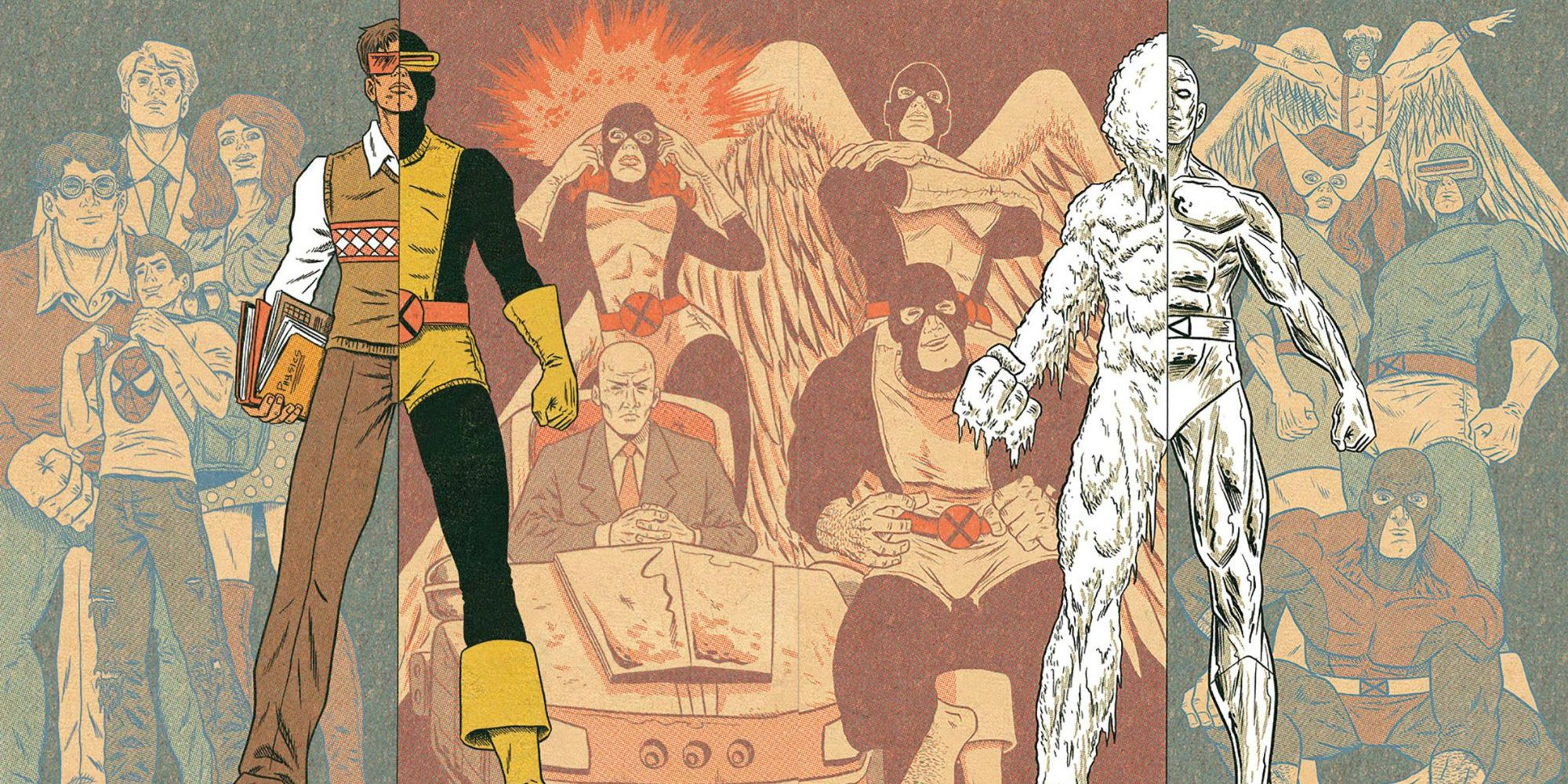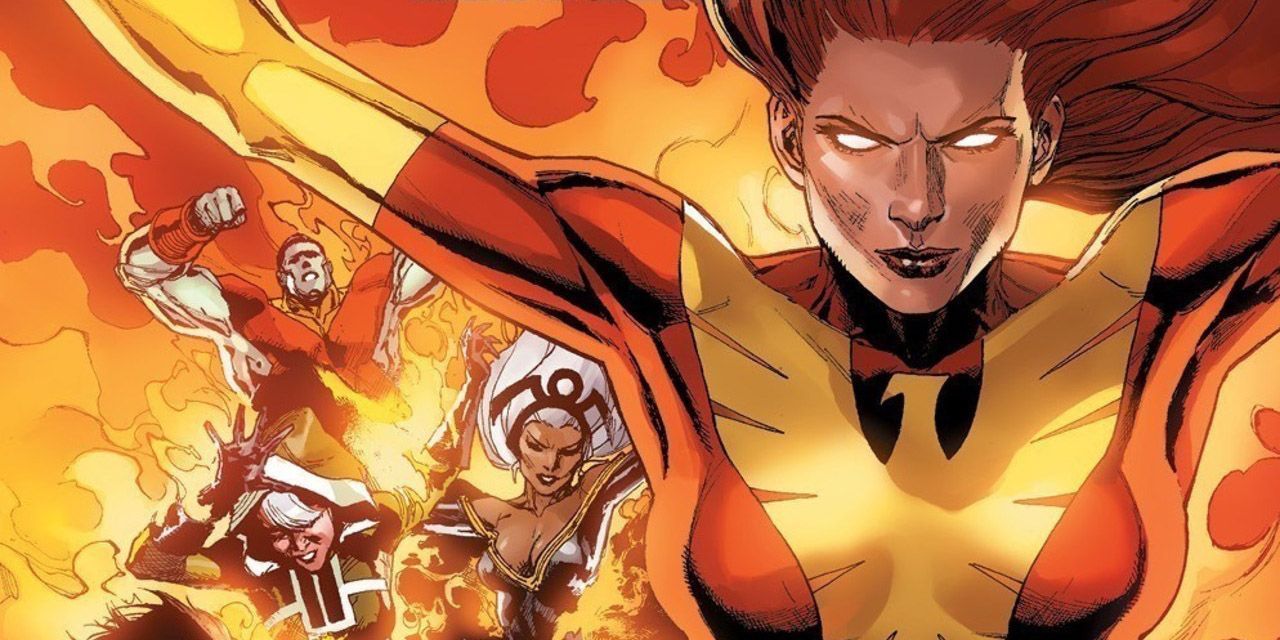Update: Our exclusive debut of the cover art for X-Men: Grand Design, Second Genesis
Ed Piskor's X-Men: Grand Design miniseries isn't just exploring the history of the X-Men. It's also subtly rewriting their continuity, drawing threads together and resolving continuity errors.
Award-winning cartoonist Ed Piskor grew up as an X-Men fan. He's set himself the ultimate challenge: to produce a comic that weaves its way through the X-Men continuity. This miniseries is Marvel's X-Men: Grand Design, a "remix" of the X-Men. It's carefully reshaping the timeline in order to make sense of it.
Take, for example, the life of Jean Grey. The first issue has subtly rewritten Jean's background. It's revealed that she joined the X-Men a lot sooner than we thought. Fans have always viewed Jean Grey as the last X-Man, but according to Piskor's rewritten continuity, she suited up before Hank McCoy!
Piskor's tale spins back to the moment Jean's powers first manifested. Mutant powers typically trigger in a moment of stress or terror, and for Jean it was the moment her best friend Annie died. Jean's telepathic powers allowed her to reach into Annie's mind, and to ease her passing. She lived through Annie's death with her, and the shock of it left Jean in a coma. According to Piskor, it also caught the Phoenix Force's attention. The Phoenix changed direction, and headed towards Earth, seeking out Jean Grey.
RELATED: 15 Things You Didn’t Know About The Phoenix Force
The story so far will be familiar to any X-Men fan. But Piskor gives it an intriguing twist, revealing that countless alien races were monitoring the Phoenix Force. The alien race known as the Shi'ar were able to predict the Phoenix's destination, and they sent a scout ship to Earth. When the scout left, the Shi'ar took two humans with them: Christopher and Katherine Summers, the parents of Cyclops and Havok. They left the two children as vulnerable orphans.
The Shi'ar scout's presence on Earth is another matter of X-Men history. But Piskor has subtly woven the threads together, finally explaining why the alien race had come to Earth in the first place.
So far, so retcon. Piskor's tale moves on, and he shows Charles Xavier begin to reach out to other mutants. Xavier discovered Jean, and helped her awaken from her coma. He began to assemble the X-Men, and it's at this stage that Piskor begins to seriously rewrite X-Men history. Back in X-Men #50-53, Marvel revealed that Xavier picked up the Beast when he fell prey to a supervillain known as the Conquistador. That story featured Xavier defeating the Conquistador, but crucially the story made an awkward continuity error - it showed the good Professor using the power of telekinesis.
Piskor makes a simple change to the story. Instead of Xavier coming to the rescue, it is Jean Grey. The Professor is left horrified at the scale of her power, as she permanently damages the minds of the Conquistador's men. This, Piskor suggests, was the moment Xavier began to lock down Jean's powers. He began to fear just what she was capable of.
This is a subtle retcon, but it completely rewrites the history of Jean Grey. It seems she wasn't the last X-Men at all; she was actually the fourth. The comic comes to an end with Jean training alongside the assembled X-Men, taking part in a series of humanitarian missions. All this is before Magneto has ever come on to the scene.
It's an intriguing change to X-Men continuity, and it certainly fixes a major continuity error. Unfortunately, it raises real problems with X-Men #1. The very first issue of X-Men, published in 1963, clearly established Jean as the last of the X-Men. Given the comic is essentially Piskor's love-letter to the X-Men, it's safe to say he has a fix. Whatever the solution may be though, the fact is that he's just shown us the secret history of Jean Grey. The X-Men timeline will never be the same again.
MORE: How Long Until X-Men Join the MCU's Spider-Man & Avengers?


